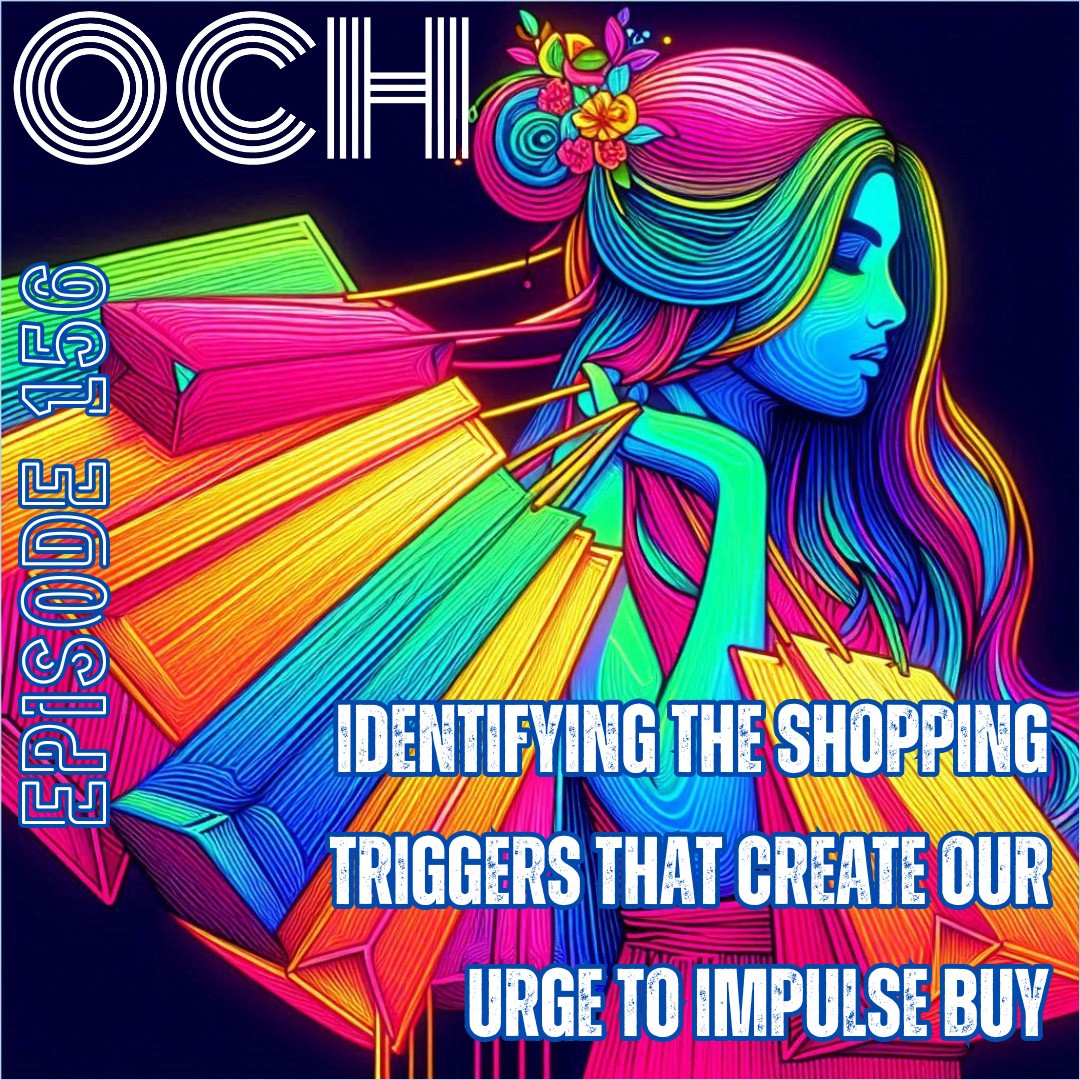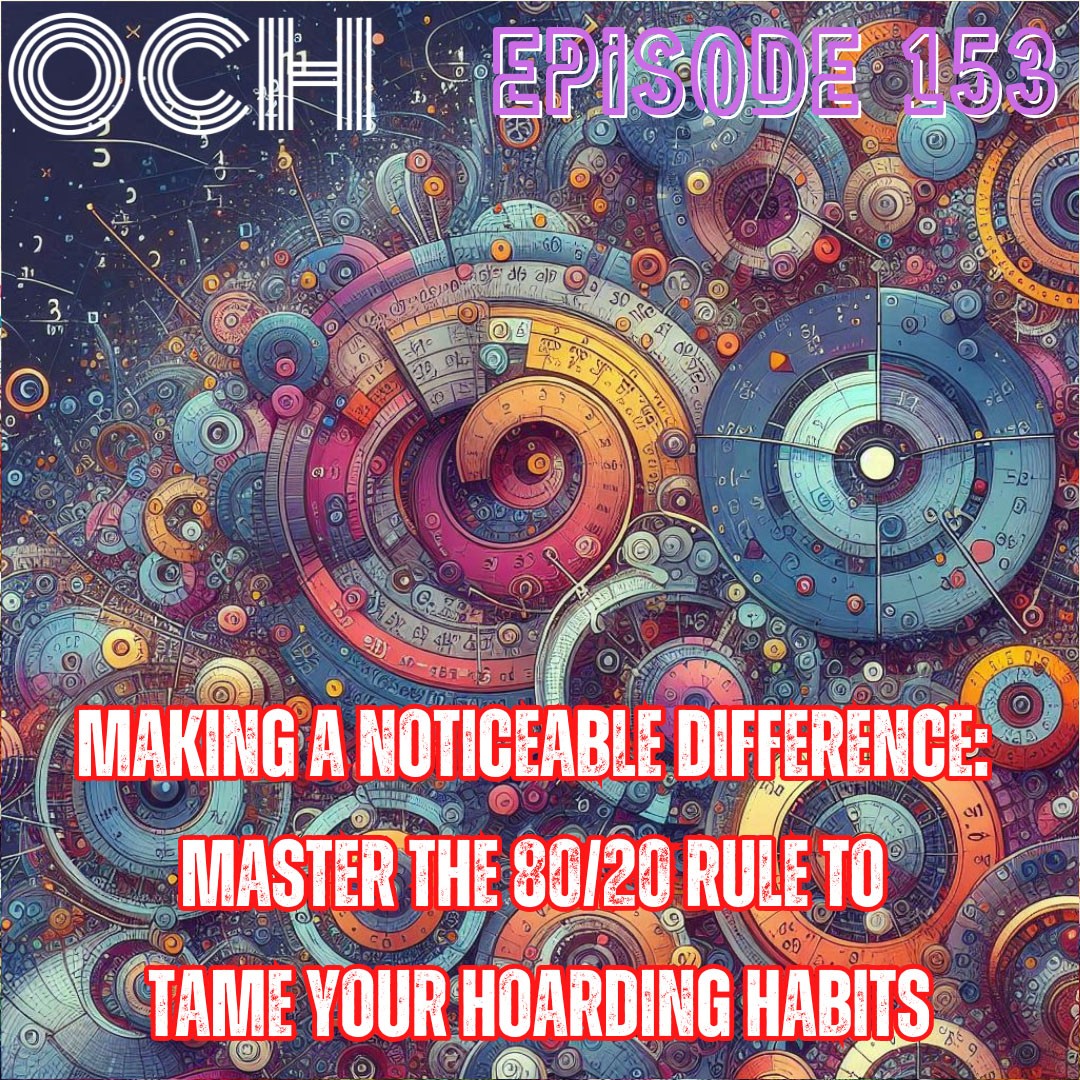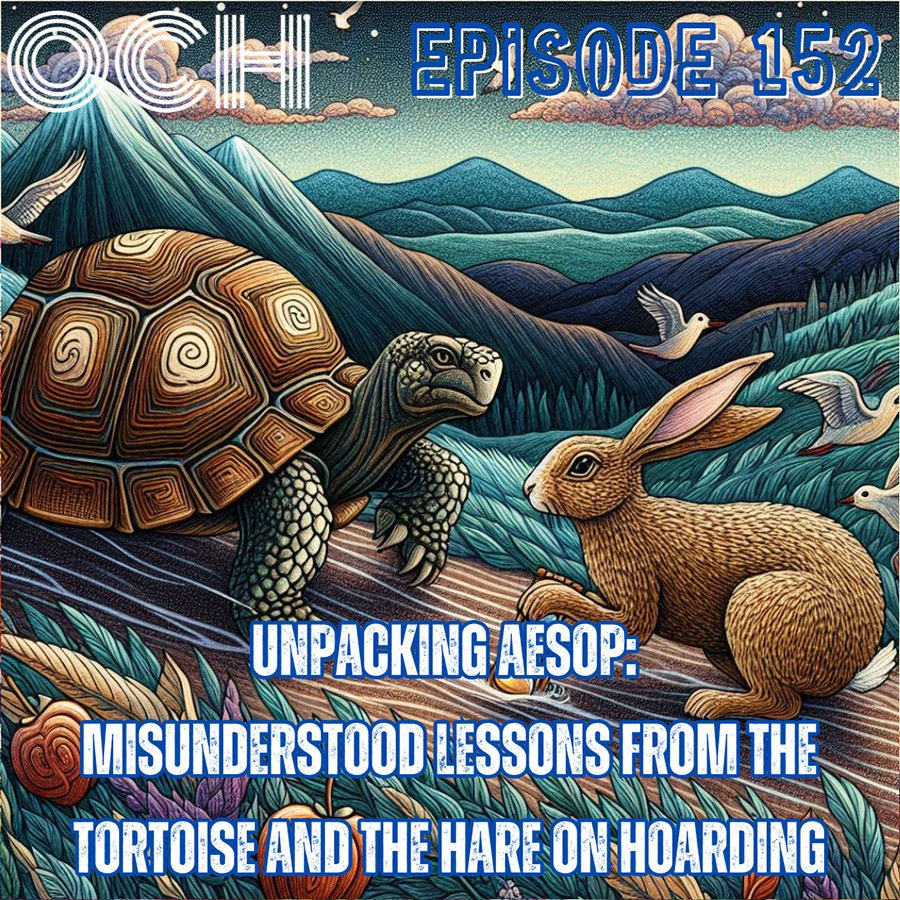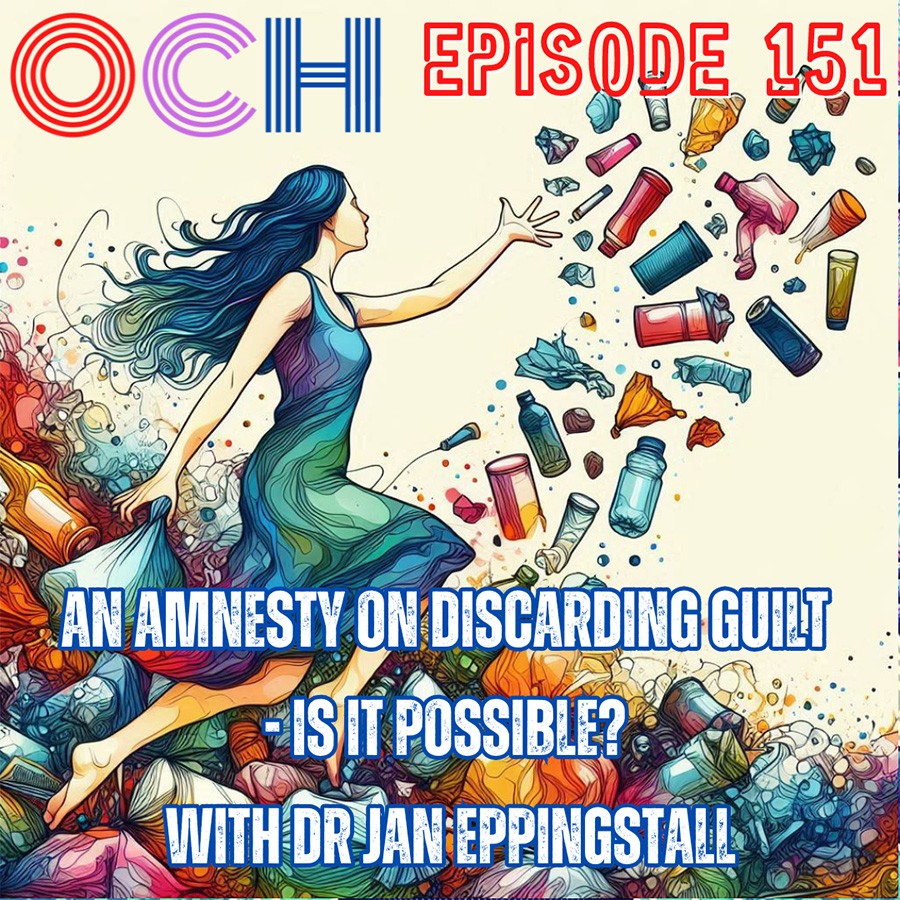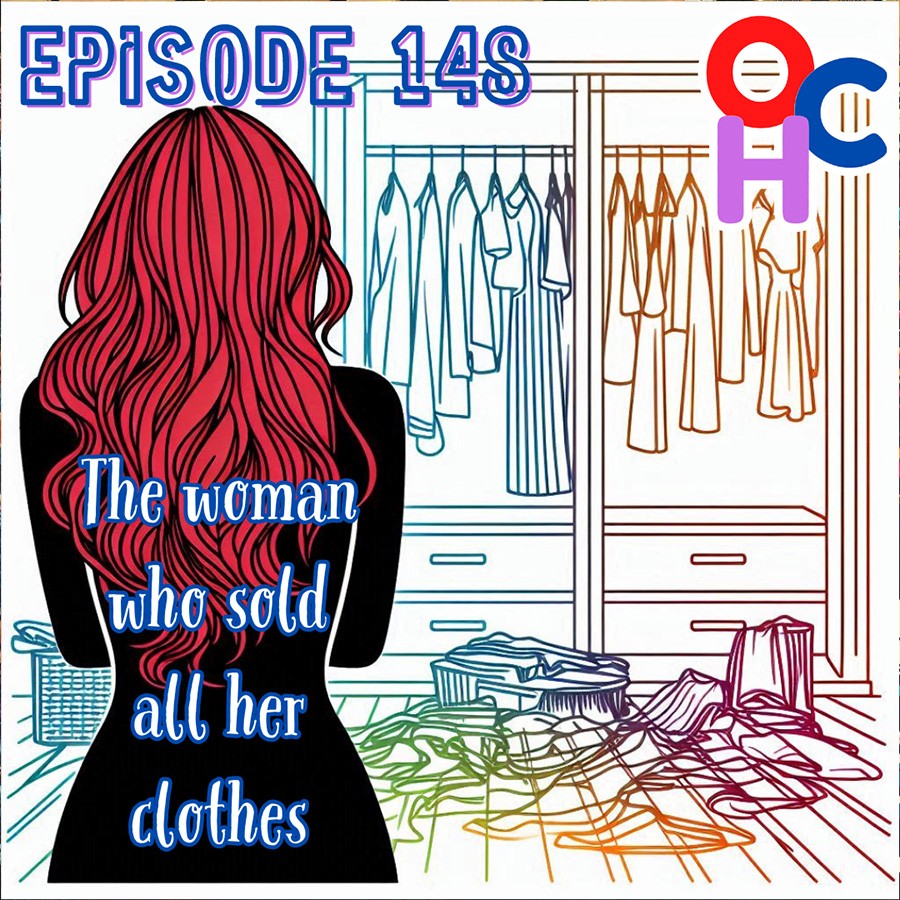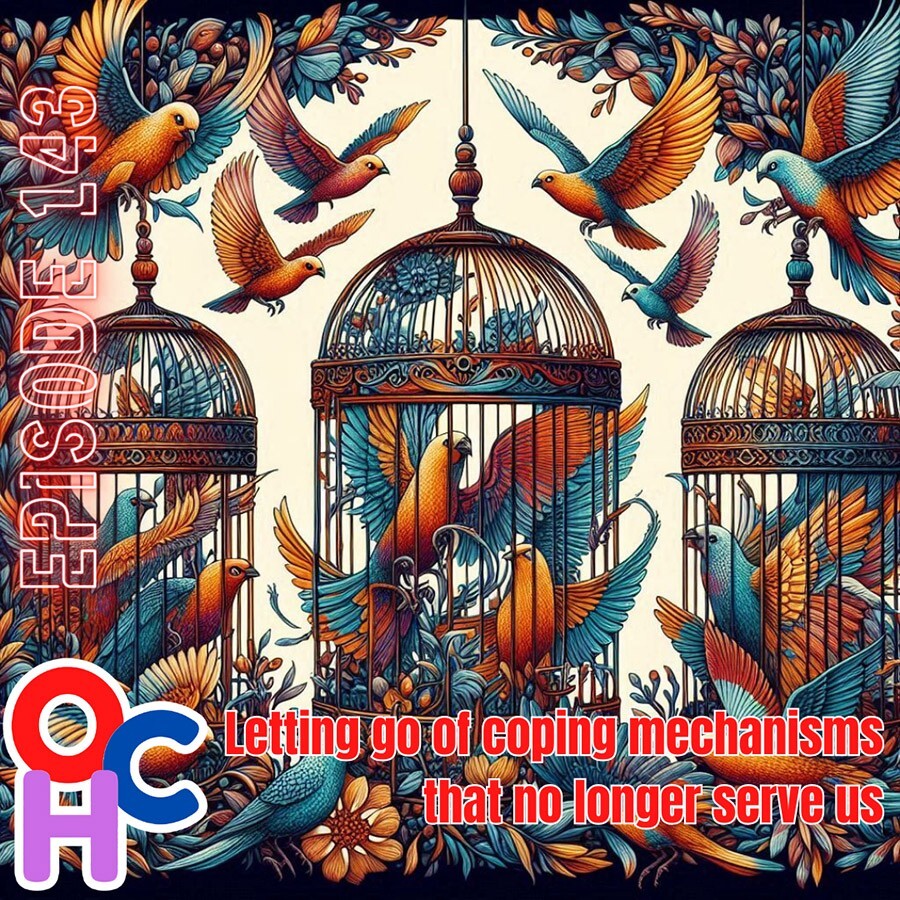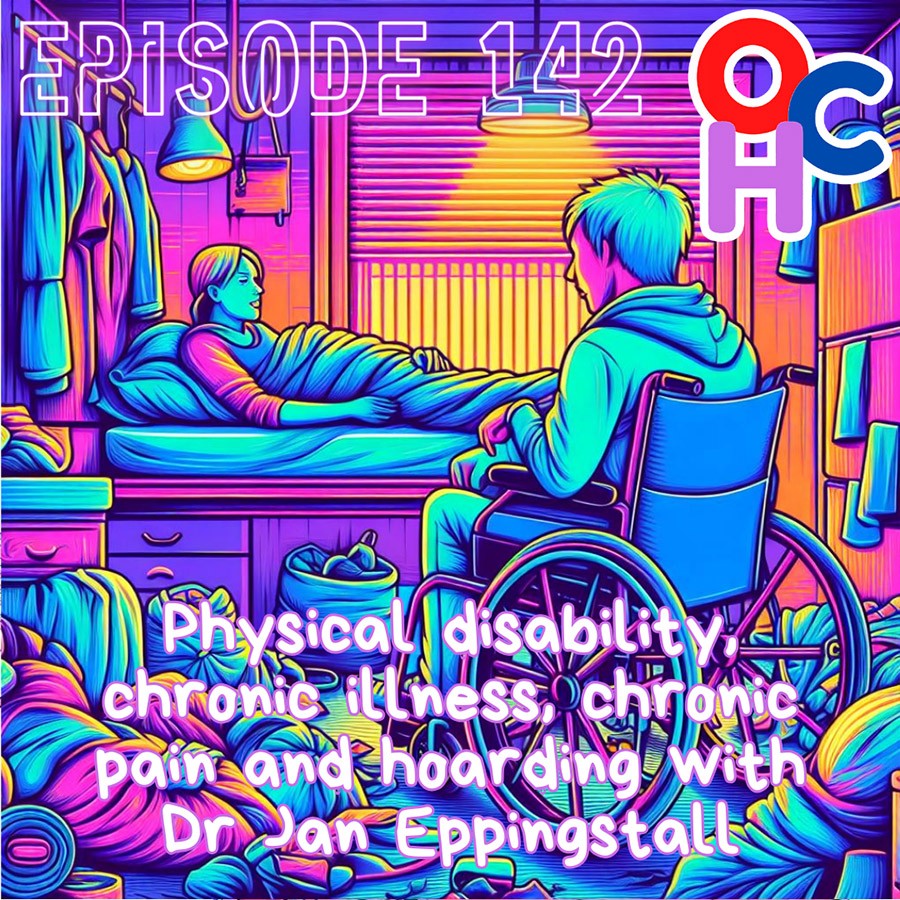Identifying the shopping triggers that create our urge to impulse buy
Description
Come to a Dehoarding Accountability Zoom Session: http://www.overcomecompulsivehoarding.co.uk/ticket
Subscribe to the podcast: https://www.overcomecompulsivehoarding.co.uk/subscribe
Podcast show notes, links and transcript: https://www.overcomecompulsivehoarding.co.uk/podcast-ep-156-identifying-the-shopping-triggers-that-create-our-urge-to-impulse-buy/
In today's episode, I’ll help you identify the triggers that make us want to acquire stuff and how to use that knowledge to combat the urges to buy impulsively. We’ll explore practical strategies like observing urges, delaying reactions, and using distractions to curb impulsive buying. Plus, we’ll uncover the deeper emotional and environmental triggers that drive compulsive shopping and how to address them.
- Emotional Triggers
- Identifying emotional triggers like stress, sadness, boredom, and anxiety.
- Understanding the role of dopamine in shopping behaviours.
- Recognising the temporary distraction of shopping from negative emotions.
- Environmental Triggers
- Discussing how shopping environments stimulate purchases through strategic design.
- Marketing tactics designed to exploit spending prompts.
- Ecommerce Optimisation
- Strategies ecommerce websites use to maximise purchases.
- Seamless and tempting buying experiences.
- Ease of Access
- The convenience and immediacy of online shopping.
- Encouraging impulsive purchases through immediate gratification.
- Social Triggers
- The influence of peer pressure, FOMO, and social validation.
- Buying to fit in or earn social approval.
- Self-Reflection and Values
- Evaluating whether purchases align with personal values.
- Seeking meaningful praise beyond materialistic validation.
- Journaling as a Tool
- Identifying and understanding personal triggers through journaling.
- Noting emotions, activities, and feelings before and after purchases.
- Pattern Identification
- Analysing journal entries to identify shopping patterns and triggers.
- Behaviour Change and Avoidance
- Adjusting behaviour to avoid known triggers.
- Implementing stress management techniques to handle stress-induced shopping.
- Mindfulness for Identifying Triggers
- Encouraging presence and consciousness in the moment.
- Observing sensations, thoughts, and feelings without judgment.
- Enhancing self-awareness for deliberate actions.
- Observing Urges
- Acknowledgment of the urge to buy and sitting with it.
- Comparing urges to waves – they rise and fall.
- Practicing distress tolerance during unpleasant urges.
- Delayed Reaction Technique
- Delaying purchase decisions to avoid impulsive buys.
- Starting with short delays (e.g. 1 minute) and extending them.
- Developing longer periods without giving in to urges over time.
- Distraction as a Tool
- Engaging in alternative activities.
- Contacting friends and talking through the urge.
- Reducing immediate impulses through distraction.
- Addressing the Root Causes
- Focusing on underlying issues (anxiety, depression, boredom).
- Pursuing therapy, self-help resources, lifestyle changes, or medical treatment.
- Avoiding Triggers
- Avoiding people or environments that encourage unnecessary shopping.
- Finding alternatives to shopping activities.
- Shopping in places that minimise impulse-buying triggers.
- Complexity and Difficulty
- Acknowledging the multifaceted nature of combating buying urges.
- Recognising triggers and managing urges requires effort and practice.
- Host’s personal experiences with guilt and shame from compulsive buying.
- Discussing the financial strain and relationship stress caused by impulsive purchases.
- Emphasising the mental and emotional health impacts.
- Impulsive shopping causes financial and relationship stress.
- Emotional triggers can lead to impulsive shopping.
- Awareness of emotions can reduce impulsive shopping.
- External triggers and dopamine drive impulsive buying.
- Question purchases' true value.
- Praise for values is deeper than material praise.
- Mindfulness helps identify triggers by observing sensations.
- Address anxiety holistically, considering therapy and lifestyle.
- Avoid triggers to reduce compulsive buying impulses.
- September's update for Dehoarding Darlings includes extras and a Q&A with Jan. Sign up at overcomecompulsivehoarding.co.uk/darling.
- Bi-monthly dehoarding Zoom sessions: Sunday evenings (UK), Friday mornings (UK).
- Impulsive shopping causes financial and relationship stress, guilt, and clutter. Today's episode explores triggers to address and mitigate these issues.
- Emotional triggers like stress, boredom, sadness, and anxiety can lead to impulse shopping as a temporary escape, though this often results in further stress due to added clutter and financial strain.
- Awareness of evening fatigue helped me stop shopping out of boredom or anxiety. Recognising emotional triggers can prevent impulsive purchases.
- Marketing and environmental triggers compel people to buy impulsively for dopamine hits, involving extensive research.
- It feels great to get social validation from buying items, but it's worth questioning if possessions define our identity and relationships.
- Identify triggers for impulsive buying through self-reflection and journaling to align purchases with personal values.
- Mindfulness helps identify triggers by being present, aware of feelings, sensations, and thoughts, leading to greater self-awareness and deliberate actions.
- Address anxiety and depression through therapy, lifestyle changes, and avoiding triggers, rather than impulsive shopping.
- Avoid environments that trigger unnecessary shopping to break the habit. Find alternatives like meeting friends in different places or shopping online.

